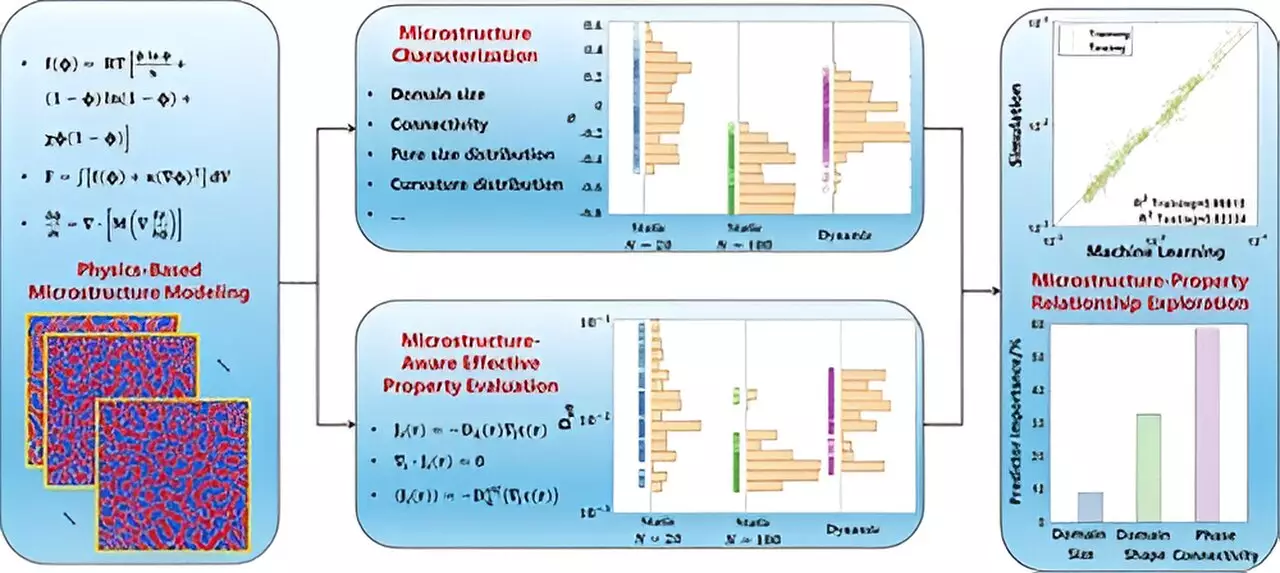The intricate relationship between microstructural features and the performance of materials is a topic of fundamental importance in materials science. Enhancing material performance is pivotal, especially in the development of advanced structural and functional materials that meet the demanding needs of modern applications. However, researchers often grapple with the complexities of these relationships, making it a challenging but rewarding area of research. The advent of advanced computational techniques provides new avenues to explore these connections.
Scientists at Lawrence Livermore National Laboratory (LLNL) have pioneered a cutting-edge computational framework that brings clarity to the understanding of porous microstructures and their associated properties. Featured in the journal ACS Applied Materials & Interfaces, this framework amalgamates several sophisticated techniques including physics-based microstructure modeling, feature extraction, and machine learning for effective property evaluation. As highlighted by Longsheng Feng, lead author of the paper, this integrated approach allows for a comprehensive analysis of the complex factors influencing materials performance.
The LLNL team applied this robust framework specifically to polymer-based porous materials, a representative model system characterized by its wide application relevance. In doing so, they demonstrated how variations in polymerization dynamics could substantially alter microstructural characteristics, including domain size and pore size distributions. The research emphasizes the ways these microstructural features can significantly affect key transport properties, ultimately influencing the functional efficacy of the materials.
A noteworthy aspect of this research is its dual focus: not only does it aim to understand how microstructures form via physics-based models, but it also seeks to evaluate their effective properties comprehensively. Tae Wook Heo, a co-author of the study, underscores the ambition to identify which microstructural features govern specific material properties and the mechanisms behind these correlations. This holistic understanding is crucial, as it paves the path for informed material design and processing strategies.
The practical implications of this research extend to various industries, particularly where polymer-based porous materials are utilized, such as in membrane technology. Juergen Biener, another co-author, notes that comprehending the relationships between microstructure and properties can substantially influence processing techniques. This knowledge will enable researchers and engineers to tailor microstructures intentionally, thus achieving desired properties for specific applications.
The work done by the LLNL scientists represents a significant leap forward in the field of materials science. By establishing a comprehensive framework to analyze microstructure-property relationships, they not only enhance the understanding of existing materials but also foster the development of next-generation advanced materials. As this research unfolds and related methods are refined, the potential for innovation in material design is boundless, offering promising solutions for a multitude of engineering and technological challenges.

